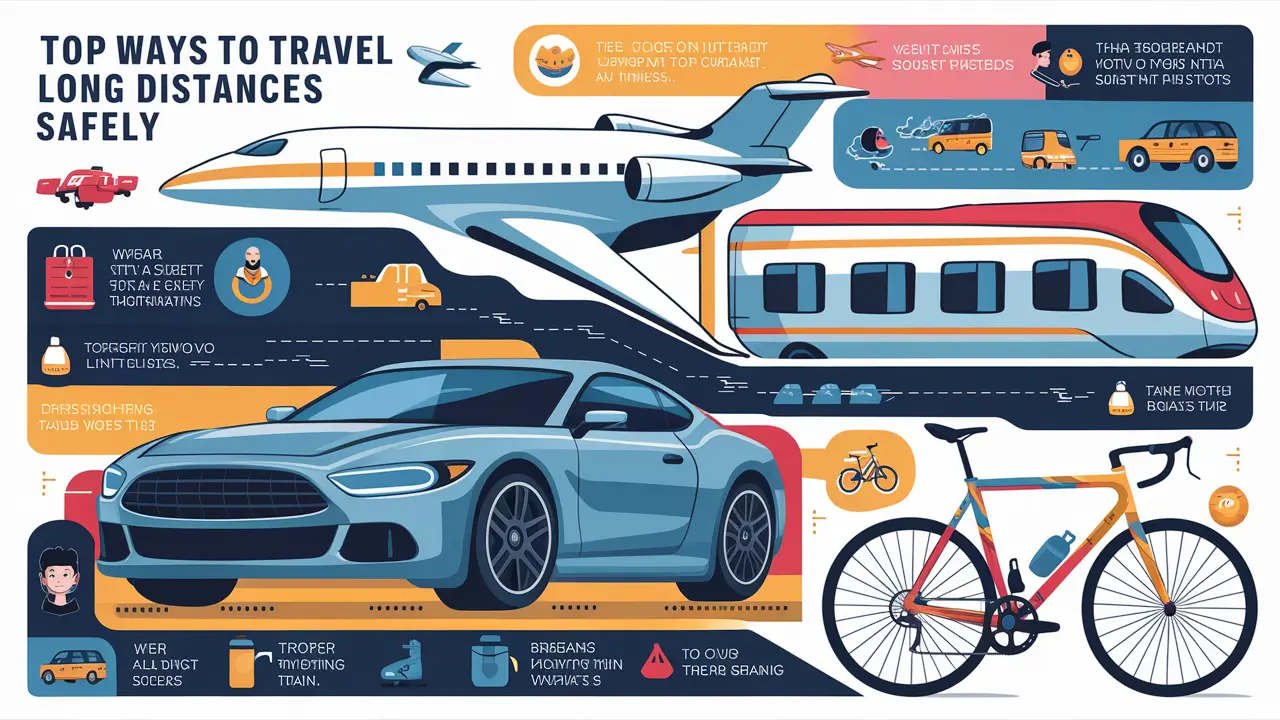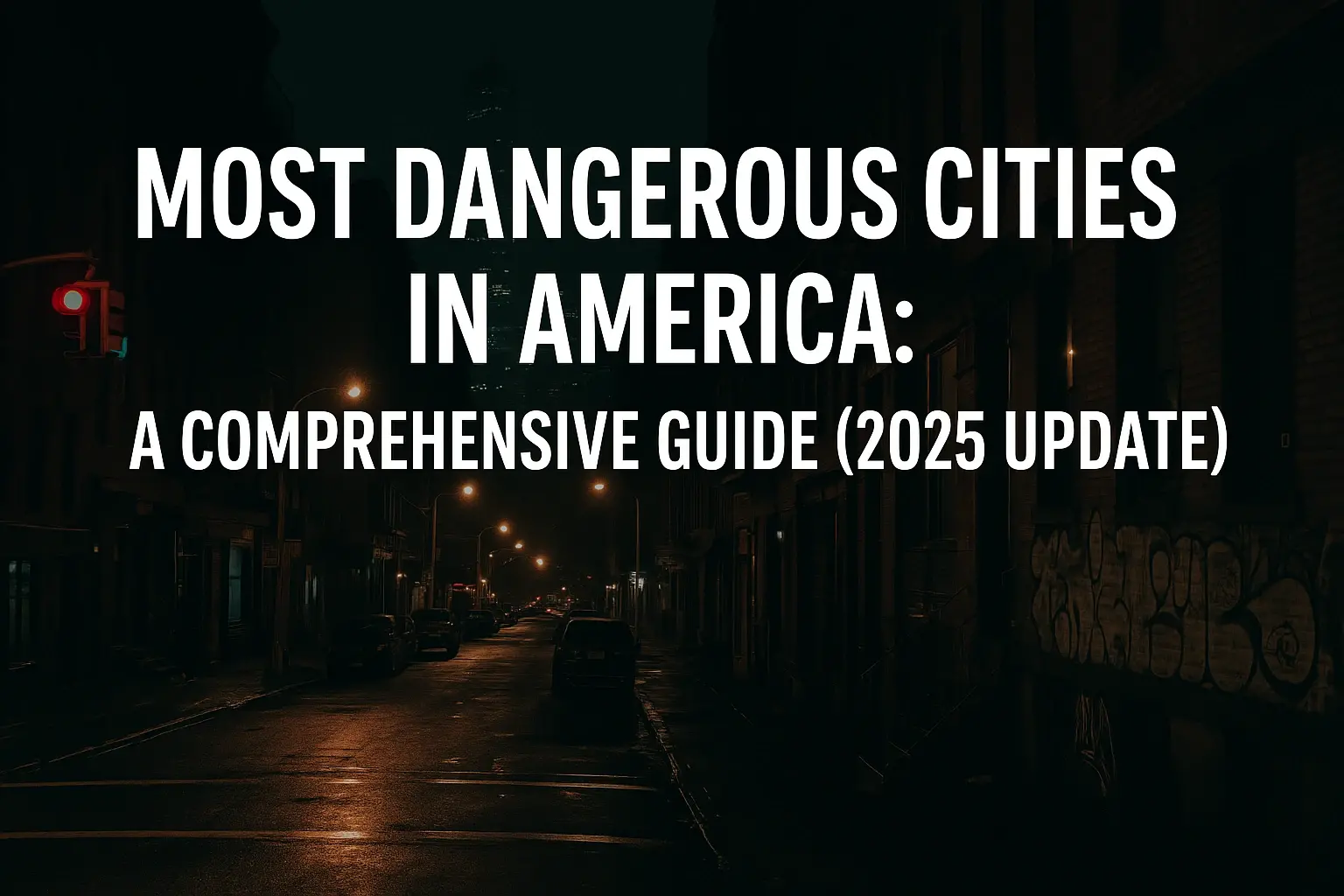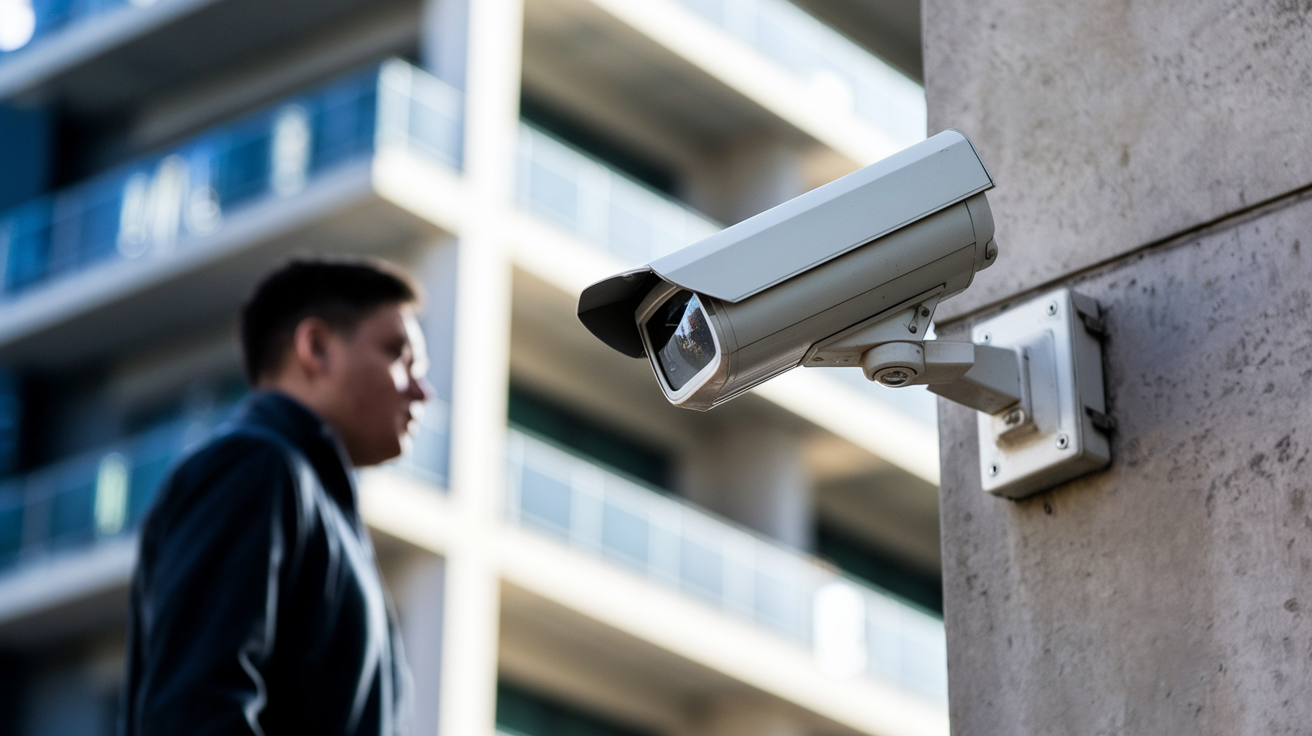Business people and other travelers may find themselves stressed and fatigued after covering long distances; however, the following tips can help make the trip safer and easier. Here are the top 8 ways to travel long distances safely:
1. Another recommendation is the need to have a specific plan for the path
One of the best things about long-distance traveling is that you should always take your time and plan properly your route. Take your time before traveling and plan through the use of GPS or online maps. This enables one to know where you shall be taking your meals, fueling your car, or even taking a break. It also assists you in locating construction sites or areas involved in an accident or any sort of hindrances so that you may opt for a different route if you wish to. It is wiser to know where you are going ahead of time so that way there is no last-minute stress and it is easier to plan.
2. Inspect Your Vehicle Thoroughly
As a rule, if you are going to make a long journey, you should visit a car repair shop to check that all the systems of the vehicle are in order. Some of the common items to inspect include the battery, tire tread and wear, wiper blades, levels of fluids, lights, air conditioning system, and brake system. If you’ve ever found yourself in the predicament of needing a tow, then you know that being as far away as possible from help increases the danger. But also take spare parts such as jumper cables, a jack, flare, a can of fix-a-flat, raincoats, water, and some snacks.
3. Avoid Driving When Tired
Falling asleep while at the wheel is responsible for thousands of crashes on our roads. To prevent this, it is advised that you drive for only about 8 hours a day and step out of the car every 15-30 minutes to allow yourself to walk around, and maybe take some fresh air. Name several towns on the route that you may decide to stop for the night in case you get weary. Do not overstrain yourself while driving, this is very unsafe and can lead to a lot of havoc.
4. It is also important to keep your body hydrated and fed especially
There is nothing as important as water hence it is recommended to frequently take water and healthy snacks in case of long distances driving. A bowl of fruits and some water bottles that are packed and ready for use are some of the best ways to ensure that you are fed when on the road. Some of the best snacks to consider should include raw fruits, nuts, dried meats, and energy bars. Do not consume meals that will cause you to have a feeling of lethargy.
5. Drive Defensively
When driving long distances, then you are more likely to meet with traffic than you would when moving in the normal shortcuts. Drive carefully and defensively due to the presence of other vehicles on the road. Do not multitask while driving, maintain a suitable distance from other cars, ensure that you indicate correctly, and do not anticipate the behavior of other cars on the road. Safe driving practices help you apply the principle of avoiding an accident by ensuring that you have ample time to respond to any incident that may occur on the road.
6. It is advisable to take regular breaks to stretch and move about any stiffness or strain.
Staying glued for so many hours in the car, especially when driving can lead to cramps in the legs, stiffness, and clots. Every couple of hours, take a break from the car and walk around a little to stretch your legs, for 5-10 minutes. In addition, there are much simpler exercises including stretching which can be effectively conducted within a stationary car. This is because moving breaks the stiffness of the muscles, enhances blood flow, and also relieves back pains that are caused by extended sitting.
7. It will also help if you have a driving companion to share the work
If you are sharing a car with your companion, switch driving after say 3 hours into the trip. This is helpful for the driver as they can take a break between the shifts of driving the vehicle and thus the driver will always be more alert. Driving teams are capable of driving for longer hours till they get drowsy and hence are more productive in the sense that they cover more distance than single drivers. The presence of a navigator to provide directions and handle the music / GPS also lowers distraction.
8. Limit Nighttime Driving
If possible, arrange your travel so you are doing most of the driving during the daylight hours. This means that driving at night is more hazardous than during the day because visibility is low and there are likely more drivers who are sleepy at the wheel. Although it may be necessary to drive after dusk, one must pay attention to dangers that may not be fully visible due to the light from the car headlights. They should switch on the high beam in situations where no other cars are approaching, and also they should slow down.
It is pertinent to note that with some extra effort, one can make any long-distance drive safer. Taking a lot of time to have breaks, keeping you awake, avoiding recklessness, and proper maintenance of your car will help minimize the risks and turn a lengthy trip into a relaxing one. Prevention also plays an important role in avoiding accidents through proper planning and good driving manners when on the road both the driver and any passengers will be safe.







